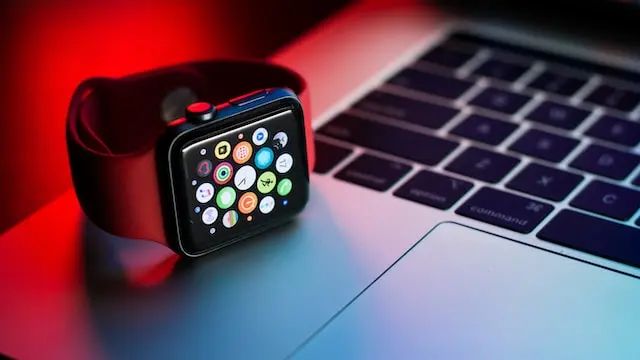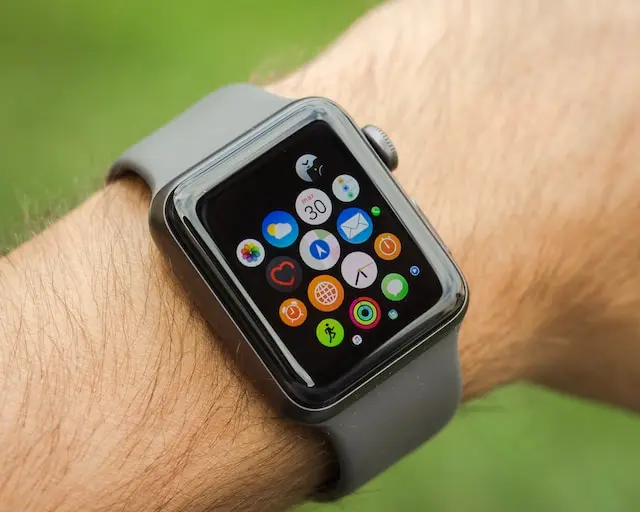In the world of wearable technology, the Apple Watch has undoubtedly carved its niche. Its sleek design, impressive features, and seamless integration with other Apple devices make it a must-have for tech enthusiasts and fitness aficionados alike. However, there’s one aspect of wearing an Watch that often leaves users puzzled – should you wear it with the display facing up or down? we’ll describe why wearing the Apple Watch upside down might not be the best idea.
The Anatomy of an Apple Watch
Before we jump into the reasons behind not wearing your Smart Watch upside down, let’s take a moment to understand its design. The Apple Watch features a rectangular display housed in a square or rectangular casing, depending on the model. It comes with various bands, allowing users to customize their look and fit. Typically, users wear the watch with the display facing up for easy access to notifications and functions.
The Perplexing Choice

The Choice of wearing your Apple Watch with the display facing down presents introduces an unconventional and bewildering twist to their wearable experience. The decision may lead to diminished usability and an uncomfortable fit.
Decreased Readability
One of the most obvious reasons not to wear your Smart Watch upside down is decreased readability. When you flip the watch, the text and icons appear upside down, making it challenging to quickly glance at notifications or the time.
Limited Functionality
Wearing your Apple Watch upside down limits its functionality. The Digital Crown, which is designed to be on the upper-right side of the watch, becomes awkward to use when positioned on the bottom left. This can hinder your ability to scroll through apps and notifications seamlessly.
Uncomfortable Design
The Apple Watch is carefully engineered for appropriate comfort when worn in the standard position. Flipping it upside down can lead to discomfort and may even cause skin irritation, as the sensors and heart rate monitor may not sit correctly on your wrist.
Bursting the Upside-Down Myth
Upside-Down Myth sheds light on the practicality of wearing your Watch. Describing these issues reveals the potential inconveniences and limitations that users may encounter when defying the standard orientation.
Avoiding Misread Gestures
Apple Watch is equipped with a feature that turns off the display when your wrist is down. Wearing it upside down can lead to misread gestures, as the watch may assume you’re not actively using it when you are.
Compatibility with Accessories
Many Apple Watch accessories, such as charging docks and protective cases, are designed to work with the watch in its standard orientation. Using these accessories with an upside-down watch may not be as seamless and convenient.
Conclusion
While wearing the Apple Watch upside down may seem like a matter of personal preference, it can actually lead to diminished performance, discomfort, and misinterpreted gestures. To fully experience the benefits of this exceptional wearable device, it’s recommended to wear it in its standard direction.
Read More: How to check mobile before buy
FAQs
- Does Apple provide any guidance on how to wear the watch?
Yes, Apple recommends wearing the watch facing up for the best user experience.
- Are there any third-party solutions to make wearing the watch upside down more comfortable?
While there may be third-party bands and accessories that offer alternative orientations, they might not provide the same level of comfort and functionality as the standard intention.
- Can flipping the watch affect its sensors and accuracy?
Wearing the watch upside down can affect the accuracy of sensors, including the heart rate monitor. This is because the sensor may not make proper contact with your skin in that position.
- Are there any benefits to wearing the watch upside down?
Wearing the Apple Watch upside down has little to no benefits. It is advisable to adhere to Apple’s recommended orientation.
